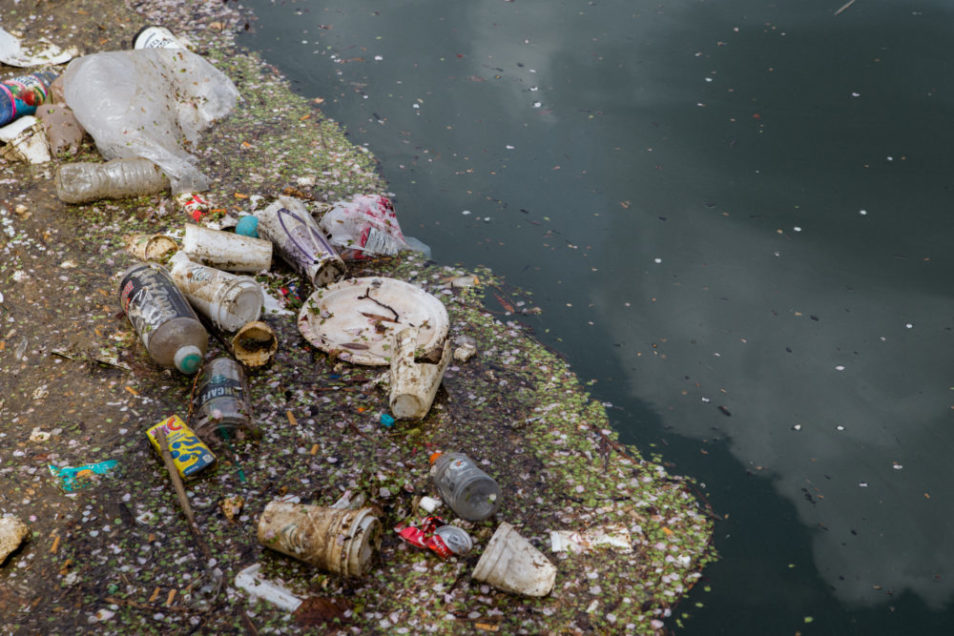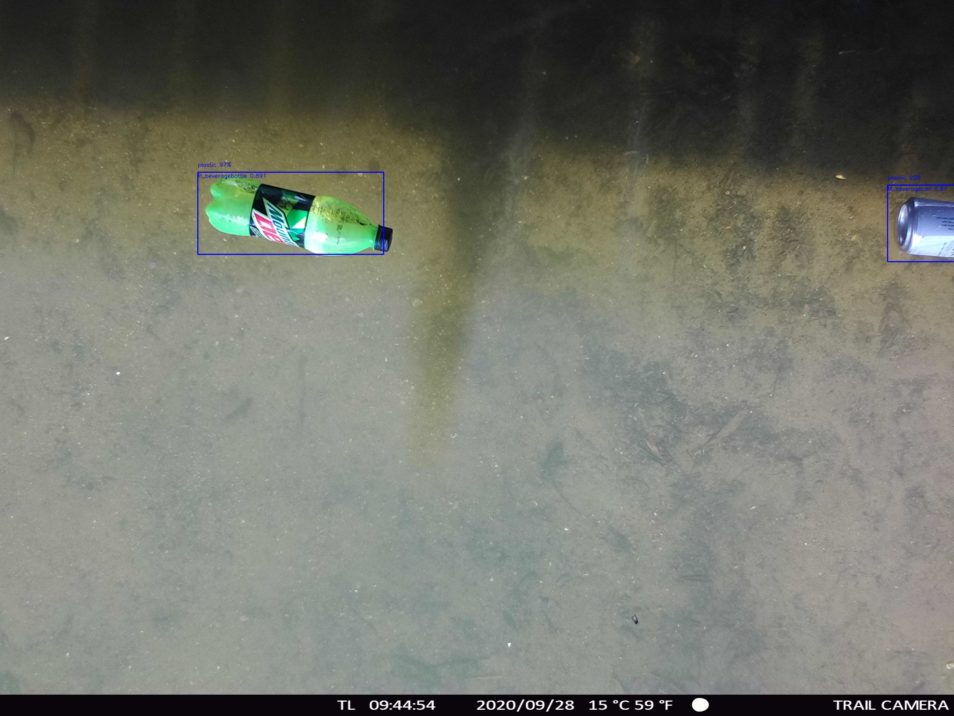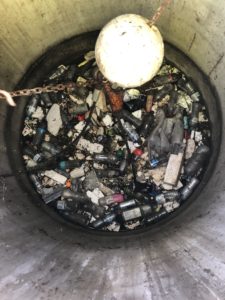
Our research is helping to understand the extent of plastic pollution in Australia and globally. And we’re researching how to reduce it. Image: Rosem Morton, NPR
Each year, 90 billion tonnes of primary materials are extracted and used globally for plastics, with only nine per cent recycled. Additionally, an estimated eight million tonnes of plastic flow into the world’s oceans annually. And our research shows there are 14 million tonnes of microplastics on the seafloor.
These staggering figures show how much plastic is lost to the environment. And there are few signs of reprieve as global plastic production catapults to a potential doubling by 2030.
It’s also National Recycling Week. What better opportunity to tell you about a major research program we’re developing to tackle plastic waste and reimagine the future of plastics?
The Plastics Mission is one of our 12 missions. It brings together industry, academic and government organisations using science and technology to address Australia’s plastics waste issue.
As part of this program, here are some of our key initiatives already underway.
Getting techie with machine learning and cameras
Artificial intelligence is helping us understand the extent of plastic pollution in Australia and globally, and how to reduce it.
We’ve been setting up camera sensor technologies on bridges and poles near rivers to track rubbish in our waterways. We’re applying this research here in Australia, and in London and Bangladesh.
We can analyse the footage to detect and monitor every piece of rubbish. Even down to the detail of the type, size and label of the item, such as if it’s a plastic water bottle or a piece of cardboard.
We can identify the rubbish using Microsoft’s machine learning capabilities. This makes our data collection process faster and even more efficient.
Knowing what sort of rubbish ends up in our environment will help inform waste management strategies. It highlights where we can intervene to stop plastic from entering our rivers and ending up in our oceans.
After all, it takes only one piece of plastic to kill a turtle. So this innovation is good news for marine life and our marine ecosystems.

Artificial intelligence is helping us to detect, monitor and classify rubbish in rivers.
Taking the storm out of waste traps
Smart sensor technologies are also coming in handy to improve waste traps. Councils commonly use them to prevent rubbish flowing through stormwater drains and into the environment.
Called gross pollutant traps, they capture the rubbish that ends up in our stormwater drains. But maintenance can be costly and time-consuming. That’s why we’re working with Hobart City Council to develop an autonomous sensor network. As a result, it will provide near real-time reporting on the amount of rubbish captured by the traps. It will also let staff know which traps need emptying to save time and increase efficiency.
This helps ensure the traps are working to the best of their ability and not releasing pollutants back into our waterways. It will also improve operational maintenance, costs and safety for councils.

Gross pollutant traps prevent rubbish flowing through stormwater drains into the environment. Image: Ocean Protect.
Turning resources into riches
Rethinking plastic packaging is just one way of reducing waste through better design, materials and logistics. We can also transform the way we use, manufacture and recycle plastics by creating new products and more value for plastics.
Sources estimate that Australians generate 67 million tonnes of rubbish every year. And with an export ban on our waste coming soon, now is the time to deal with plastic pollution.
So we’re working Chemistry Australia and their Plastics Stewardship Australia initiative, and Standards Australia. And we’ll help to create standardised processes for recycling and managing waste.
This includes food safety for recycled products, labelling that helps avoid consumer confusion on what can be recycled, and technical specifications on recycling processes to avoid contamination. This will contribute to the overall framework of how Australia can better manage its waste.
Ultimately, we are committed to bringing our science to the real world to tackle plastics.
Join us on our mission to tackle plastic waste. This National Recycling Week avoid single-use plastics and put your rubbish in the most appropriate bin – and keep doing it!


11th November 2020 at 5:36 pm
You must admit, ‘we’, as in humans, and indeed Australians, don’t do a good enough job of recycling based on sustainability. In other words, we can’t keep going on historically, economically or politically in the manner we have chosen. So why?
11th November 2020 at 12:51 pm
How do we ensure our recycling is sorted? It is emptied from our recycling bin with plastics, paper, and glass all mixed. Is there any nationwide legislation to prevent it going straight to landfill.
17th November 2020 at 10:34 am
Hi Dale, thanks for your comment. In different states (as well as different councils within the same state/territory), there are different processes and sorting requirements. This relates to the capability and set-up for the local recycling centre, and how that is managed differs among jurisdictions.
One area we are exploring is the opportunity for national and subnational best practices and standards around recycling and product labelling. This will help target increased recycling rates, reduce contamination and ensure people are empowered to ‘do the right thing’, and discard of their rubbish appropriately.
Thanks,
Team CSIRO